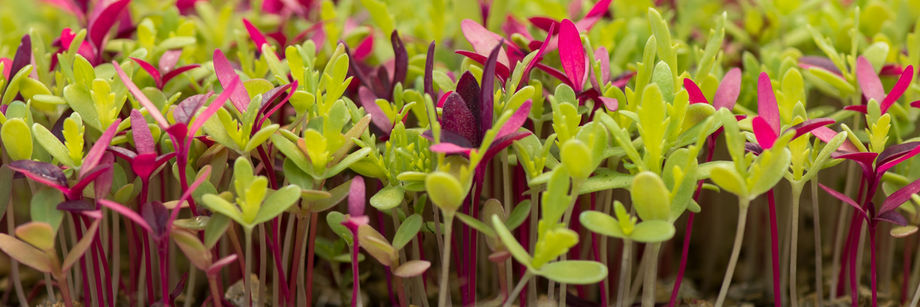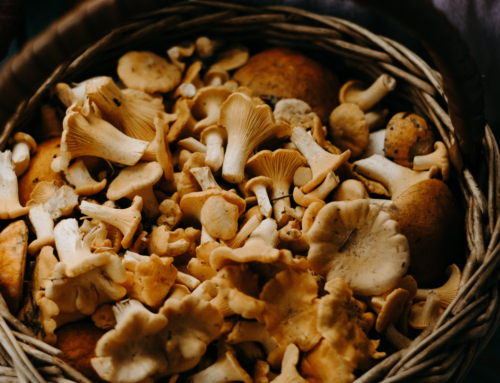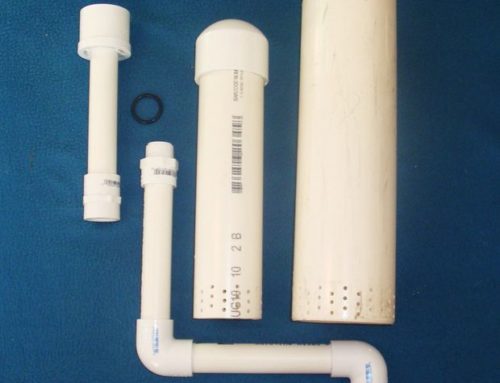A microgreen is a young vegetable green that is used both as a visual and flavor component or ingredient primarily in fine dining restaurants. Fine dining chefs use microgreens to enhance the attractiveness and taste of their dishes with their delicate textures and distinctive flavors. Smaller than “baby greens,” and harvested later than sprouts, microgreens can provide a variety of leaf flavors, such as sweet and spicy. They are also known for their various colors and textures. Among upscale markets, they are now considered a specialty genre of greens that are good for garnishing salads, soups, plates, and sandwiches.
Edible young greens and grains are produced from various kinds of vegetables, herbs or other plants. They range in size from 1 to 3 inches (2.5 to 7.6 cm), including the stem and leaves. A microgreen has a single central stem which has been cut just above the soil line during harvesting. It has fully developed cotyledon leaves and usually has one pair of very small, partially developed true leaves. The average crop-time for most microgreens is 10–14 days from seeding to harvest.
A nutritional study of microgreens was done in the summer of 2012 by the Department of Nutrition and Food Science, University of Maryland, indicating promising potential that microgreens may indeed have particularly high nutritional value compared to mature vegetables
Among the 25 microgreens tested, red cabbage, cilantro, garnet amaranth, and green daikon radish had the highest concentrations of vitamin C, carotenoids, vitamin K, and vitamin E, respectively. In general, microgreens contained considerably higher levels of vitamins and carotenoids—about five times greater—than their mature plant counterparts, an indication that microgreens may be worth the trouble of delivering them fresh during their short lives.
Storage and commercial transport
The ARS researchers found that buckwheat microgreens packaged in films with an oxygen transmission rate of 225 cubic centimeters per square inch per day had a fresher appearance and better cell membrane integrity than those packaged in other films tested. Following these steps, the team maintained acceptable buckwheat microgreen quality for more than 14 days—a significant extension, according to authors. This study was published in LWT-Food Science and Technology in 2013.




